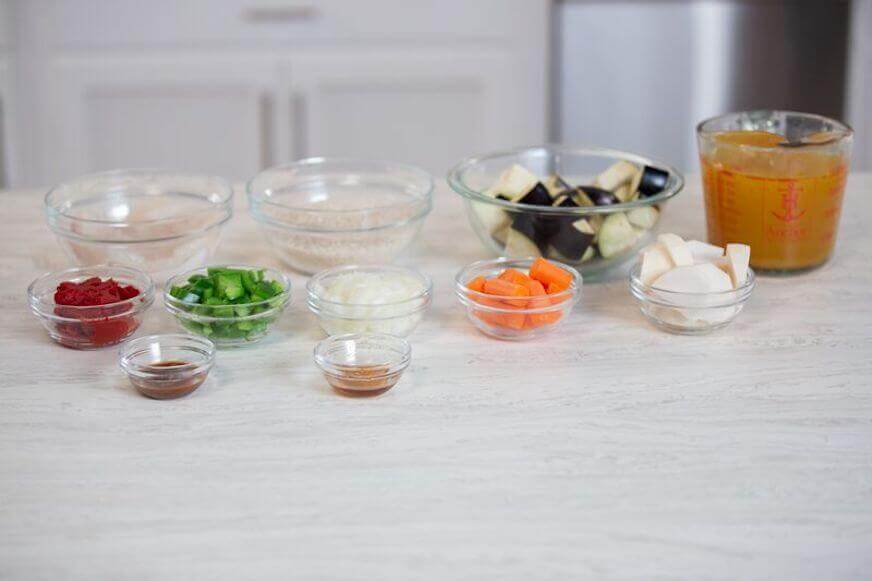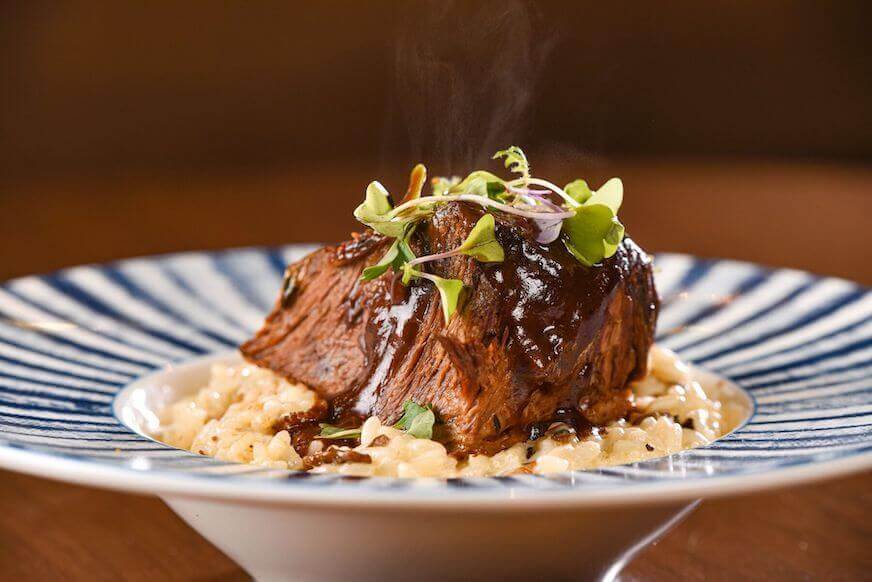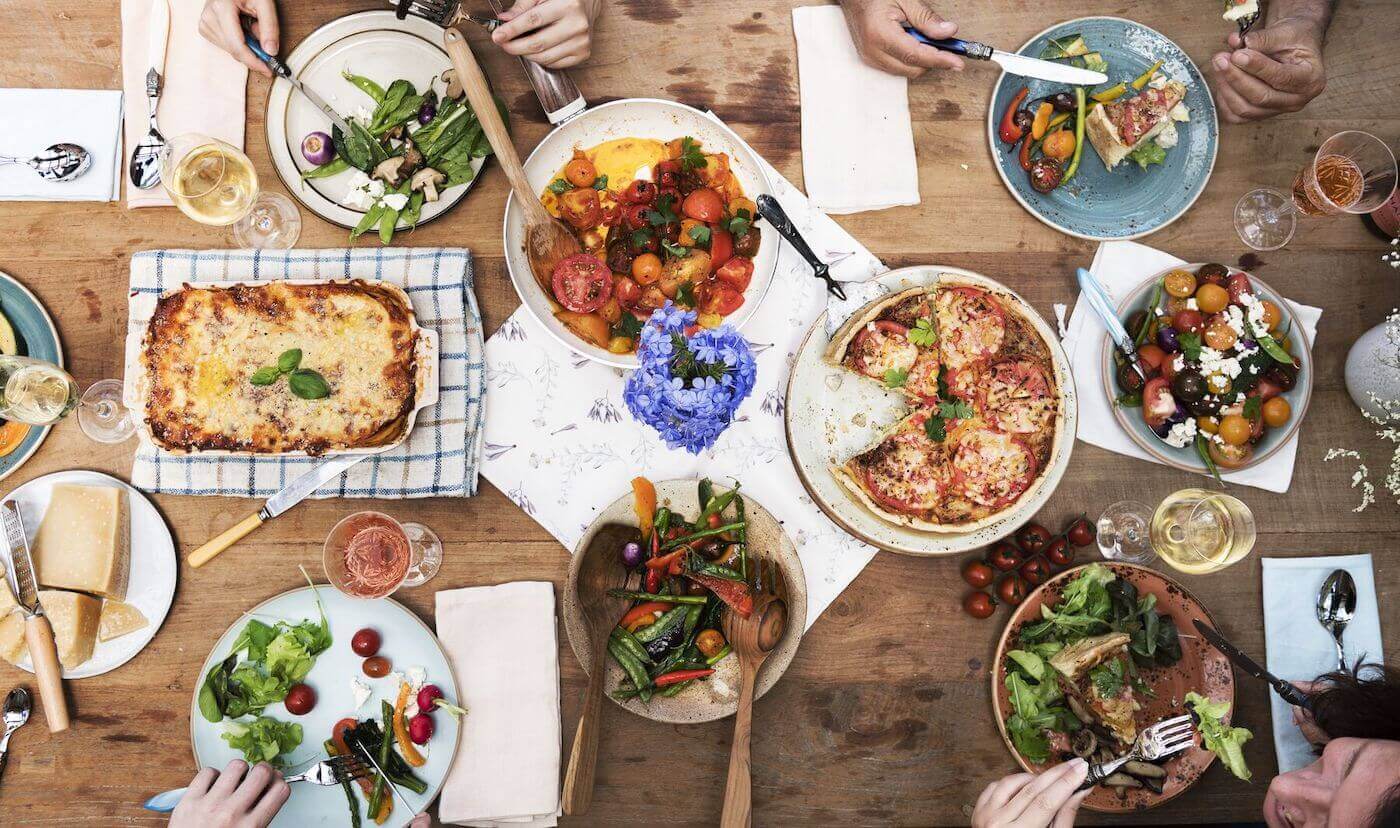How To Plan a Cohesive Multi-Course Meal
If you know your way around the kitchen, whipping up a pot of stew to enjoy with family or grilling burgers for friends may feel like a walk in the park. When that’s the case, it may be time to take your cooking to the next level. Cue multi-course meals.
Whether you want to host an intimate dinner party or are hosting your family for a special event, you may need to know how to plan a multi-course meal. Join us as we provide tips and tricks regarding how to plan and execute a stunning meal.
Pick a Theme
While you may want to serve a Greek salad as a first course, shrimp fried rice as a second course, and adobo pork as the main dish, these dishes don’t have much in common. Choosing a theme before you pick the exact dishes you’d like to cook can better allow for a seamless transition between courses.
You can pick a theme based on a specific cuisine, cooking method, or single ingredient—just remember to have one factor that ties all the dishes together. For example, a three-course Punjabi meal might consist of potato and pea samosas, butter chicken, and a rice pudding known as kheer. And a three-course meal based on ginger could contain ginger-chicken meatballs on lettuce cups, ginger-glazed pork chops, and a ginger blueberry corn cake.
Decide on the Number of Dishes
Once you’ve decided on a theme, it’s time to figure out how many dishes you’d like to prepare and serve. While you may be tempted to dive into a seven-course meal, be realistic about how much you can, and want to, accomplish!
When you’re determining how many dishes you’d like to serve, think about the size of your kitchen, the equipment you have access to, how many people you’re expecting to feed, and the number of people who will be available to help you cook.
Oftentimes, three or five courses are good options for home cooks. A three-course meal will generally contain an appetizer or salad, a main dish, and a dessert. While there’s some debate on the components of a five-course meal, it often contains hors d’oeuvres, an appetizer, a salad, an entrée, and a dessert.

Organizing your ingredients ahead of time–the process of mise en place–can make on-demand cooking easier.
Check, Then Double Check Ingredients and Supplies
When you’re making just one dish, shopping for ingredients isn’t too difficult. But when you add in multiple dishes, it may become easy to forget something at the store.
Before you make a shopping list, think about the number of people you’ll be cooking for. Will you be making the recipes as written? Or will you need to double or half them to feed the number of people you’ll be serving? Once you’ve modified the recipes as necessary, write down the ingredients (and quantities) you’ll need for each dish.
Along with checking your ingredients, you’ll also want to think about supplies. If you only have one large stock pot but need it for two different dishes, you may need to buy another pot or borrow one from a friend. And if you think you’ll need to wash supplies like cutting boards or pots as you cook, factor this into your scheduling.
Determine How You’ll Serve the Courses
You’ll likely serve courses one of two ways: as individual plates or family-style. Individually plating a dish for each guest can create a more elegant appearance, but it also creates extra work on your end. Family-style service, where guests dole out their portions from shared plates, can lead to an intimate feel while also saving you some time when it comes to plating.
You should also think about whether or not you’ll want to eat with the rest of the diners! If you do, you’ll need to factor your absence, when you’re in the kitchen, into how you’ll prepare and serve dishes.

Individually plating dishes can lead to an elegant appearance, but it takes some extra work.
Think About Timing
Once you’ve decided on the dishes you’d like to make and made sure you have access to everything you’ll need to compose them, think about how you’ll physically prepare the dishes.
Some helpful elements to consider are whether dishes will be served hot or cold, which components can be prepared ahead of time, and whether or not you need to use the same piece of equipment for multiple dishes. In general, it’s helpful to complete prep work ahead of time—chopping vegetables, measuring ingredients, and making dough can all generally be done hours or even days in advance. Completing this work before the main event will allow you to practice mise en place and remain organized as you’re completing last-minute cooking steps like searing meat and dressing salads.
You may find it helpful to break each dish into individual steps and then use these steps to create a chronological to-do list. For example, if you’re making crème brûlée for dessert, you don’t want to wait until you serve the entree to begin preparing the dish. Rather, you can prepare the custard mixture, bake the ramekins, and cool them earlier in the day. When guests are eating the main course, you can sprinkle sugar and torch the tops for an exquisite dessert!
Culinary & Pastry Career Survey
Culinary & Pastry Career Survey
What's your ideal culinary career? Answer 20 simple questions and see if your dream career gets revealed to you.

We’ve compiled of all of the essential questions into one handy guide: Career options, description of skill requirements, and more!


Keep Expanding Your Skills to Prepare Great Meals
When it comes time to find what you’d like to cook for your multi-course meal, you may be looking for recipes as well as cooking tips. If that’s the case, skip browsing through online recipes and cookbooks, and turn to online cooking classes!
America’s Test Kitchen and Auguste Escoffier School of Culinary Arts have joined forces to offer home cooking classes taught by professional chefs. That means you can get top-notch instruction from the comfort of your own kitchen. These courses cover specific recipes like French onion soup and chicken biryani as well as kitchen tips like how to make a cocktail and stir-frying 101.
Of course, knowing how to follow a recipe is just one part of executing a multi-course meal. Skills like time management, ingredient pairing, and organization are key to pulling off a more complicated meal. Students who attend culinary school have the opportunity to explore these concepts and then practice them during their lessons. Could it be the next step in your food journey?
Want to learn more about improving your culinary skills? Check these out next:
- 6 Ways to Make Chocolate Chip Cookies Even More Scrumptious
- Beer 101: A Basic Guide for Understanding Beer Styles
- 5 Tips for Making the Best Burritos
This article was originally published on April 16, 2014, and has since been updated.


